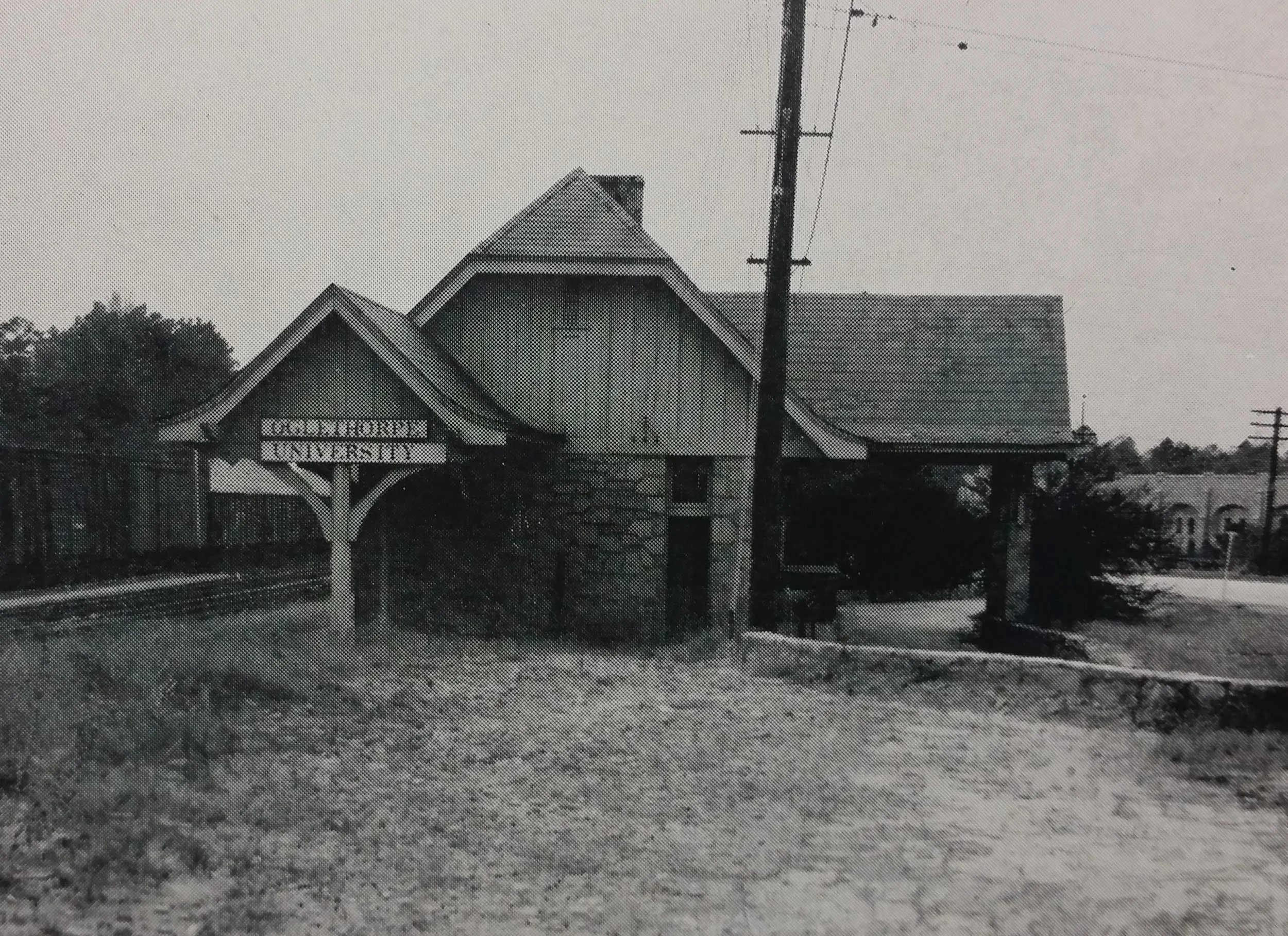Early fire fighting began with volunteers
The DeKalb County Fire Department began in 1934 as the Druid Hills Fire Department. This was a subscription service for the Druid Hills neighborhoods. A 1934 fire engine that was known by the name Old Maude was purchased by J. V. Draughn, the owner of this private fire service.
Brookhaven business history found through vintage yearbooks
By 1963, Frito-Lay joins as an advertiser. The plant was located where Lowe’s home improvement store is today at 4950 Peachtree Boulevard, Chamblee. Another pharmacy in addition to Brookhaven Pharmacy is Oglethorpe Pharmacy on Johnson Ferry Road.
“Scream in the Dark” and other vintage Halloween events
In 1973, the abandoned Veterans Hospital #48 in Brookhaven was the setting for a haunted house. The Peachtree and Osborne Road location became home to a veterans hospital in 1919, and before that it was Cheston King Sanitarium.
Starbucks chimney was part of tenant house
When the Starbucks was set to be built on the site in 2013, the fate of the old chimney was in question. Local citizens and preservationists, including Dunwoody Preservation Trust, asked that the chimney be saved. Starbucks agreed to incorporate it into their new store.
Wehunt’s Store in Brookhaven
According to history written down by Mrs. W. A. Willig in 1976, placed in the Brookhaven Library, and shared with DeKalb History Center, the first grocery store in Brookhaven was Wehunt’s.
Oglethorpe University employee prevents 1939 train accident
Long noticed a large iron beam projecting from a switch. It was a brake beam that came loose from a freight car as the car passed the switch.
Early days of Brookhaven’s library
Brookhaven’s library history began on the back porch of the home of Edna and Weldon Shows.
The Ashford in Ashford Park, Ashford Dunwoody Road
The next owner was Eugene S. Luckie, followed by W. T. Ashford, who purchased the home and land in 1903, naming it Southlook. Ashford operated a nursery business on the property.
Sandy Springs DeWald’s Alley and the memories of Shirley Peters Pruitt
Residents of DeWald’s Alley rented from Clyde and Susie DeWald, who lived nearby on Spruill Road, later known as Meadow Lane Road. Susie DeWald would go door to door collecting rent each month. The houses of DeWald’s Alley had outhouses, no electricity, and well water. Pumps were eventually installed.



